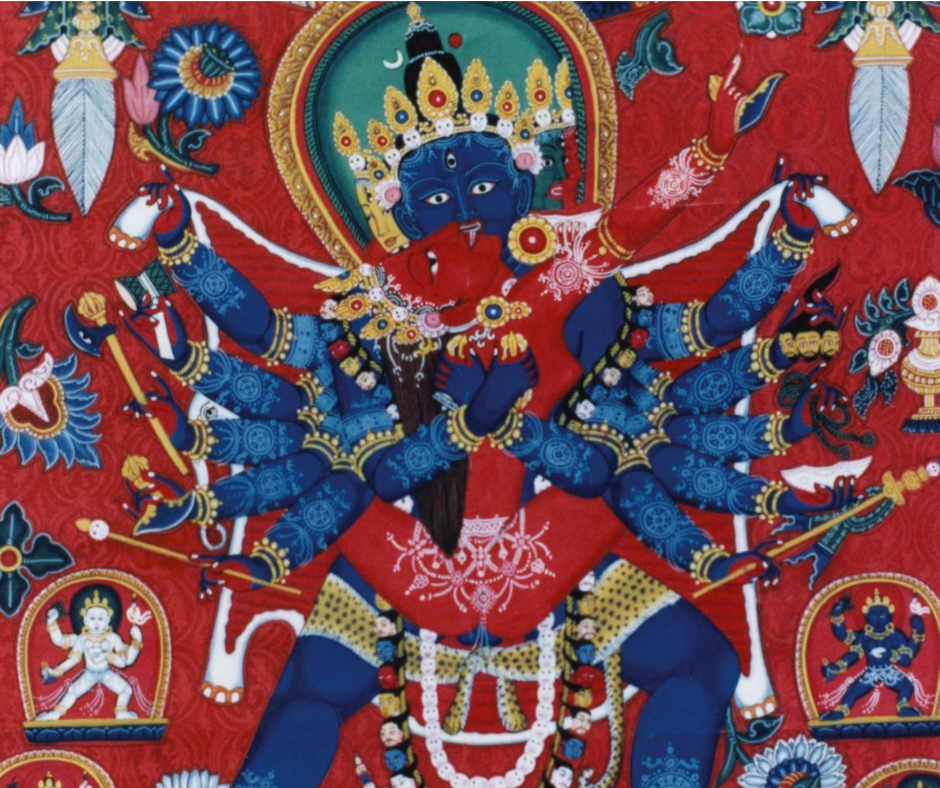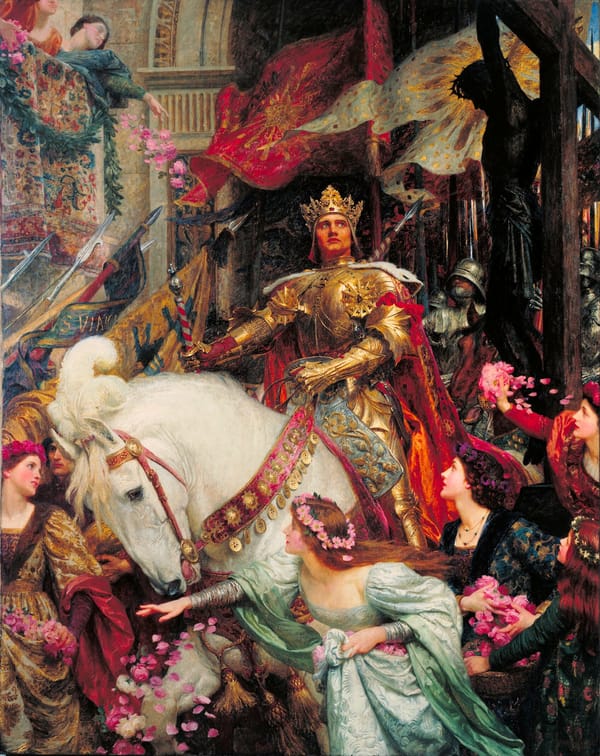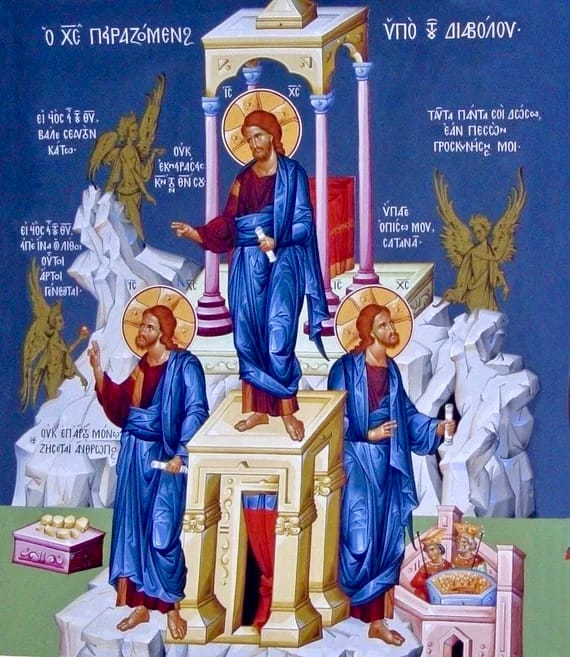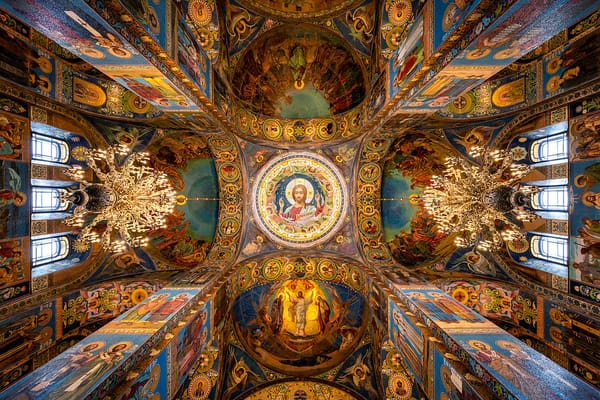An Introduction to Indo-Tibetan Alchemy
In Indo-Tibetan alchemy, we have a single fundamental creative process and its associated energies which can be realised or accessed in a variety of ways by humans who acquire the requisite skills.

By 'Indo-Tibetan Alchemy' I am referring to a group of practices which developed in Tibet from Indian and other origins from around the 10th century CE onwards. I am using the term 'alchemy' because of its convenience and familiarity, but it can be a little misleading.
Alchemy is a European term, if borrowed from Arabic, and, while there are similarities, and doubtless also historical connections, the Indian and Tibetan categorisations are different. Key terms in Sanskrit are rasa, rasaśāstra and rasāyana. The Tibetans sometimes also use the term rasāyana but the main Tibetan terms are bcud (pronounced "chood") and bcud len (pronounced "choolen") Bcud is used to translate rāsa, and bcud len is used to translate rasāyana, but the Sanskrit and Tibetan terms do not have quite the same meaning, and none of these terms equates directly to English 'alchemy.'
Sanskrit rasa and Tibetan bcud are both complex and polyvalent terms. However the primary meaning in each case is something like vital essence, juice, vitality. Rasaśāstra is the science or body of knowledge to do with rasa. The term rasāyana generally refers to tonics or elixirs that promote health and well-being. It is one of the eight subject areas of classical Indian medicine. Rasāyana tonics are of many kinds, generally including mineral and herbal ingredients, but over time mercury came to be seen as a key ingredient for many rasāyana formulations. Dealing with mercury and other mineral ingredients meant that rasāyana, like European alchemy, involved knowledge of chemistry and metallurgy. An important issue here was to convert or 'tame' the mercury into forms that were beneficial rather than poisonous. Traditional forms of mercury-based medicine still exist in India, and are also employed in contemporary Tibetan societies.
The production of gold was also an objective of Indian alchemy, and medieval Indian alchemists, as in Europe, attempted to gain employment at royal courts and other centres of patronage with claims of being able to make gold from base metals. However, the main goals of Indian and particularly of Tibetan practice were medical and spiritual (or religious).
The spiritual dimension of Indian alchemy is closely tied to Hindu and Buddhist Tantra. As with Tantra, and for that matter European alchemy, sexual imagery is key, and implies a kind of identity between the sexual process (including the associated sexual fluids) and the refinement of rasa in physical terms. Thus mercury is semen, more particularly (in a Hindu context) the semen of the god Śiva. Mica and sulphur are the sexual essence of Śiva’s consort, the goddess Pārvatī, sulphur particularly linking to her menstrual blood. These minerals and divine essences are all kinds of rasa, and, perhaps needless to say, they are all substances of great power. Śiva’s semen is the ultimate creative substance.
At another level, Tantric visualisations may involve one’s body being pervaded by the powerful sexual fluids generated by the divine couple in their sexual coupling. At another level again, these substances are already present in the human body (both men and women contain both male and female essences), and Tantric meditation may involve directing them into the central channel of the subtle body and concentrating them at the heart centre. The union of male and female substances is also linked to the attainment of non-dual consciousness, a key aspect of both Hindu and Buddhist traditions.
So we have a series of parallel processes. Or perhaps it would be truer to say that we have a single fundamental creative process and its associated energies which can be realised or accessed in a variety of ways by humans who acquire the requisite skills. In this way they can acquire magical or at any rate exceptional powers (siddhi in Sanskrit). The person who attains these powers is called a siddha, and the meditative process is called sādhana. Rasa siddhas were a sub-group within this larger Tantric milieu.
These practices could bring long life, health, and liberation, but they could also be used for domination and destruction, including for political and military purposes. Tantra at its height in India, Southeast and East Asia was in large part state- supported sorcery. It continued to be a key aspect of state power in some areas, such as Nepal and Bali, until modern times. Various kinds of tantric adepts continue to be valued, and occasionally feared, members of society in the Himalayan regions and elsewhere. Evil Tantric magicians are still a cliché of Bollywood cinema, and Tantric fortune-tellers and magicians continue to make a living both in India and the Indian diaspora.
David Gordon White's The Alchemical Body, a classic account of the Indian science of rāsa, traces much of the history of these ideas in India. He distinguishes between the medical and religious (or spiritual) sides of Indian alchemy, although there was interaction between them. He mentions Buddhist versions of these ideas in India and Tibet, though information about these was fairly scanty at the time he wrote (1996). We have learned somewhat more in recent years.
The Tibetans too were interested both in the medical and religious sides of rasāyana. However, these two aspects were more entangled in Tibet, where Tantra was a central technology for everyday life. The use of mercury-based rasāyana was transmitted to Tibet via a number of channels, including the Kālacakra Tantra and its commentary, the Vimalaprabhā, which contain two lengthy passages about rasāyana practices (Fenner 1979). An important early text of the Nyingma, the "old school" of Tibetan Buddhism dates to the same period or possibly somewhat earlier. This is the Eight Section Text on Elixir (bdud rtsi bam po brgyad pa), probably translated or adapted from Indian sources. This text contains instructions on producing amṛta, the divine elixir of immortality, from a variety of mineral, herbal and magical ingredients. The process takes place in parallel with the sexual union of the yogin and his consort, ideally at the time of her menstrual flow; the text describes the mixture of her menstrual blood with the yogin’s semen as the most excellent sort of rasāyana (Walter 1980: 173; the Tibetan text here uses the Sanskrit word).
Much of this may have been a code language for symbolic offerings and internal yogic processes, and certainly it has generally been interpreted that way in more recent times. In particular, the Buddhist term bodhicitta (Tibetan byang chub sems) refers to both the central Buddhist impuulse to achieve Enlightenment in order to liberate human and other beings from suffering, the material male and female sexual fluids, and the internal flows within the channels and chakras of the subtle body. In a passage such as the above any or all of these might be intended.
Another early Nyingma text is the Vase of the Elixir of Immortality ('Chi med bdud rtsi bum pa), which included instructions on producing mercury-based medicine. Sections of this text were reworked and incorporated in the Tibetan medical classic, the Four Medical Tantras (Rgyud bzhi) which probably reached its final form in the early 13 th century (e.g. Simioli 2019). The key person in relation to the Tibetan tradition of mercury-based medicine however was the lama O rgyan pa Rin chen dpal (1230-1309?), who visited the land of Oḍḍiyāna, generally identified with Swat in present-day Pakistan. There he learned from the local ḍākinis (a term which can refer to female spirits or highly accomplished female Buddhist practitioners) how to process btso thal, a compound made from mercury and other ingredients which formed the basis of various of medicinal pills. The secret of making btso thal has been passed down to the present day and the various Precious Pills (rin chen ril bu) made from it are still expensive and highly-valued components of the Tibetan medical pharmacopoeia (Gerke 2017). An illuminating new study by the anthropologist Barbara Gerke (Taming the Poisonous) gives detailed descriptions of the processing of btso thal as it is now practised (Gerke 2021).
The making of Precious Pills is at one level a technical process but it has strong religious overtones. Lay Tibetans value the pills in part because of the sense that they convey the blessings and healing power of Buddhism. Indeed there is an important tradition of empowerment (sman sgrub) of medicines of all kinds, going back to the early Nyingma material but practised by Tibetan doctors of all traditions.
The Precious Pills are a kind of bcud len, to return to the Tibetan term more or less equivalent to rasāyana, but there are many hundreds of different bcud len recipes and processes. By no means all bcud len include mercury, and many of them are concerned not so much with healing as such as with aiding the meditative process. Thus taking bcud len pills may allow one to withdraw from ordinary food during an extended retreat, thus attaining a clarity of mind conducive to Tantric meditation. Such bcud len practices are particularly associated with Tantric meditational techniques for long life and vitality (tshe sgrub). The ingredients of bcud len are also often as much symbolic as directly pharmacological. Thus they may represent the five elements, or particular kinds of plants and healing substances. In some cases a ritually prepared stone may act as bcud len, or bcud len may involve imbibing nourishment from the empty sky. Some of this seems to echo and may be historically connected with the Chinese practices of grain avoidance (bigu) associated with Daoist techniques for long life and immortality. The key meaning of bcud len is perhaps the taking in of the essential positive quality of something. But bcud len is actually a large and only partially explored subject, and Western scholars are still some way from a comprehensive view of what it includes.
There is still much to learn, but I hope this blog has given a general idea of this significant branch of alchemical thought and practice.
Fenner, Todd. 1979. Rasayana Siddhi: Medicine and Alchemy in the Buddhist Tantras. PhD thesis, University of Wisconsin.
Gerke, Barbara. 2017. "Tibetan Precious Pills as Therapeutics and Rejuvenating Longevity Tonics." History of Science in South Asia 5 (2): 204–233.
Gerke, Barbara. 2021. Taming the Poisonous: Mercury, Toxicity, and Safety in Tibetan Medical Practice. Heidelberg University Publishing.
Simioli, Carmen. 2019. "Knowledge, Imagery, and the Treatment of Communicable Disease in the Vase of the Amṛta of Immortality: A Preliminary Analysis of a Nyingma Medical Corpus." In Knowledge and Context in Tibetan Medicine, ed. William A. McGrath pp.218-260. Leiden: Brill.
Walter, Michael. 1980. The Role of Alchemy and Medicine in Indo-Tibetan Tantrism. PhD thesis, University of Indiana.
White, David Gordon. 1996 The Alchemical Body: Siddha Traditions in Medieval India. Chicago and London: University of London Press.
Wujastyk, Dagmar. 2017. "Acts of Improvement: On the Use of Tonics and Elixirs in Sanskrit Medical and Alchemical Literature." History of Science in South Asia, 5(2): 1–36.





